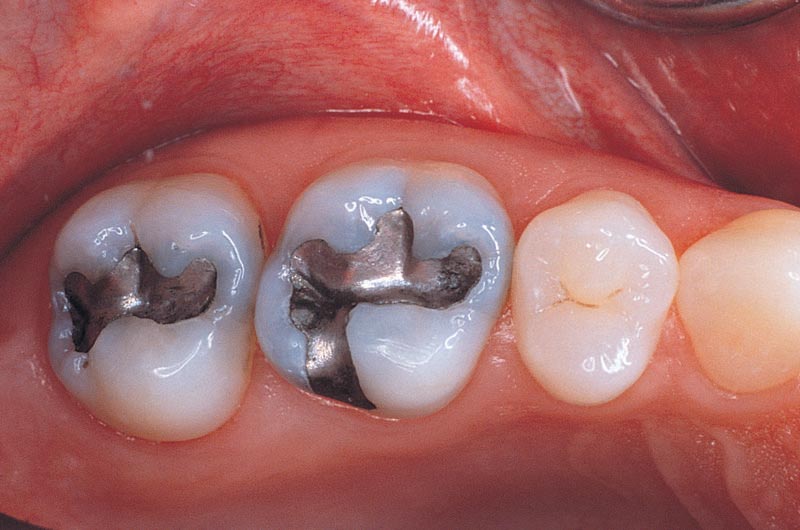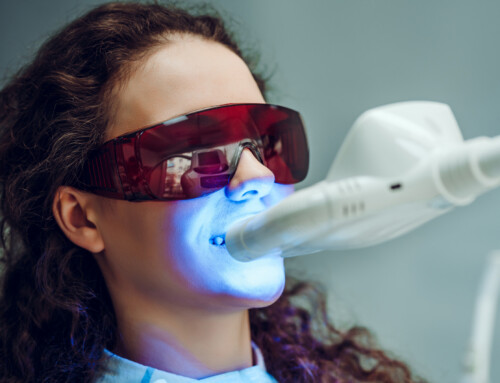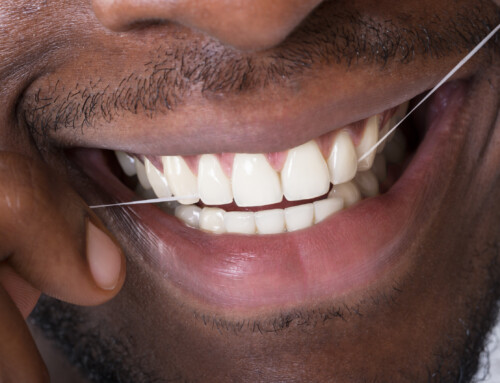Do I Need to Worry About My Amalgam Dental Fillings?
For nearly fifty years now, a rousing controversy regarding the medical safety of placing Amalgam Dental fillings in teeth has raged in the U.S. and abroad. Are silver dental fillings safe? The following is a recent report that sums up where we currently stand:
“Over the past several years, concerns have been raised about silver-colored fillings, otherwise called amalgams. Because amalgams contain the toxic substance mercury, some people think that they are responsible for causing a number of diseases, including autism spectrum disorders, Alzheimer’s disease, and multiple sclerosis.
The American Dental Association (ADA), the FDA, and numerous public health agencies say amalgams are safe, and that any link between mercury-based fillings and disease is unfounded. The cause of ASD, Alzheimer’s disease, and multiple sclerosis remains unknown. Additionally, there is no solid, scientific evidence to back up the claim that if a person has amalgam fillings removed, he or she will be cured of these or any other diseases.
In March of 2002, the FDA reconfirmed the safety of amalgams. Although amalgams do contain mercury, when they are mixed with other metals, such as silver, copper, tin, and zinc, they form a stable alloy that dentists have used for more than 100 years to fill and preserve hundreds of millions of decayed teeth. The National Institutes of Health conducted several large-scale studies that concluded in 2006 that amalgam fillings were safe.”
While every major Pubic Health study of the past five decades indicates that dental amalgams are safe, numerous groups continue to make claims that the mercury content of silver fillings cause significant health and/or mental disease. Most of these claims are anecdotal and the purported results are not scientifically reproducible. Yet the fear remains and those fears may be valid; we just do not yet have any scientific evidence that silver fillings cause harm.
In addition, it has been shown that patients who have silver fillings also have a detectable level of unique mercury vapor in their blood stream that is not found in patients who have never had amalgam fillings. The level of mercury gas found in the blood increases appreciably for an extended period of time when a silver filling is placed or when one is removed. However, according to the ADA, there is no scientific evidence that this increased level of blood gas results in adverse health effects because even the high readings are just so low.
Finally, Amalgam fillings have been shown to last significantly longer and to create far fewer problems (like recurrent cavities, wear, breakdown or tooth fractures, for instance) than any other comparable filling material. However, all concede that silver fillings are clearly less cosmetic than similar tooth-colored fillings which can look very natural.
With all of this in mind, the question remains: Will science, at some point, find a definitive link between the mercury in amalgam fillings and some physical or mental disorder? If a link is established, it is widely held that amalgam fillings will quickly be banned in the U.S. and elsewhere. Until then, or until a superior alternative material becomes available, silver fillings will probably continue to be used routinely as they have for the last hundred years.
“The question of whether to remove functional silver amalgam tooth fillings remains very personal. While science does not indicate a mental or medical health danger at present, there are significant reasons, in my mind, to replace metal fillings with comparable tooth-colored composite fillings. One is certainly cosmetics; our new composite materials can be very natural looking. Another is personal heath concerns not identified thus far in the research. The trade-off is that the tooth-colored fillings are not as durable or predictable as the amalgam fillings. Each patient should discuss the pros and cons with their trusted dental professional.”
Dr. Jeff Turner, Aliso Viejo Cosmetic and Family Dentist






